Before
After
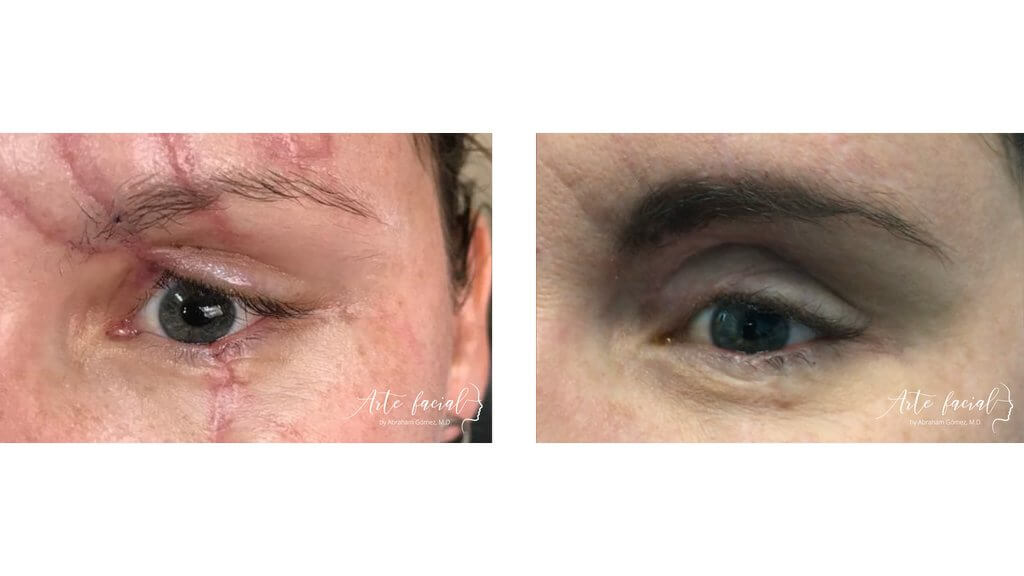
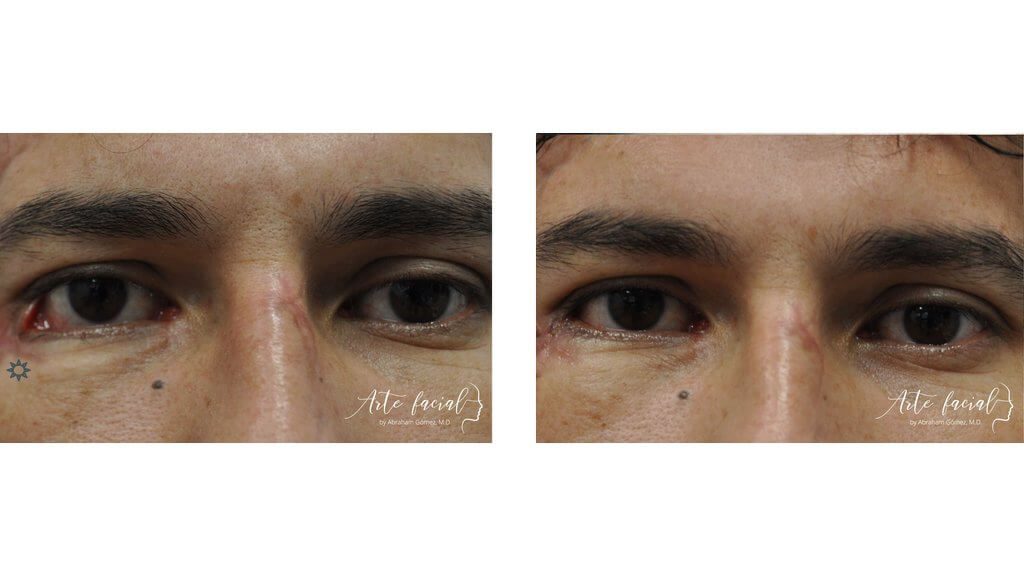
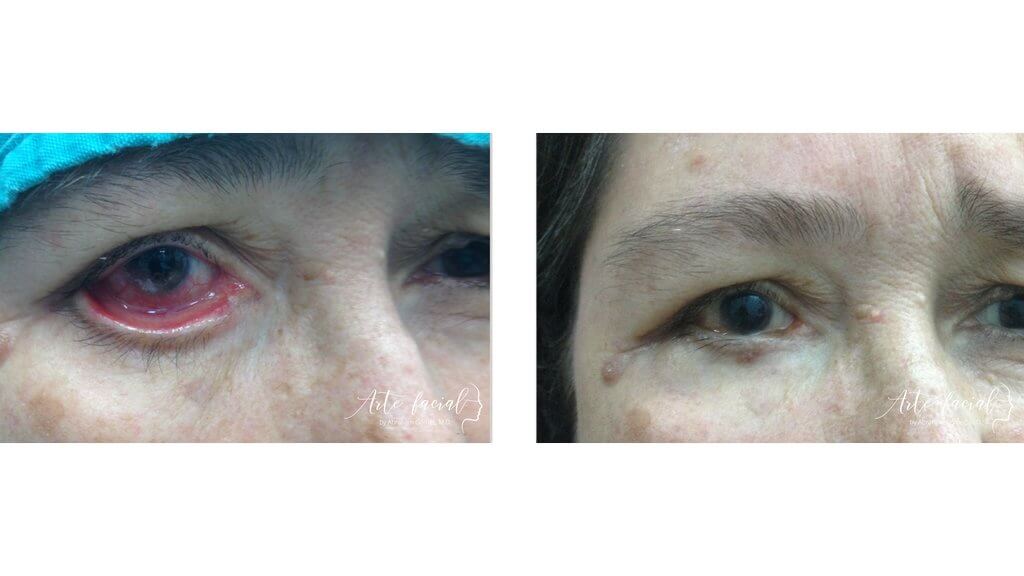
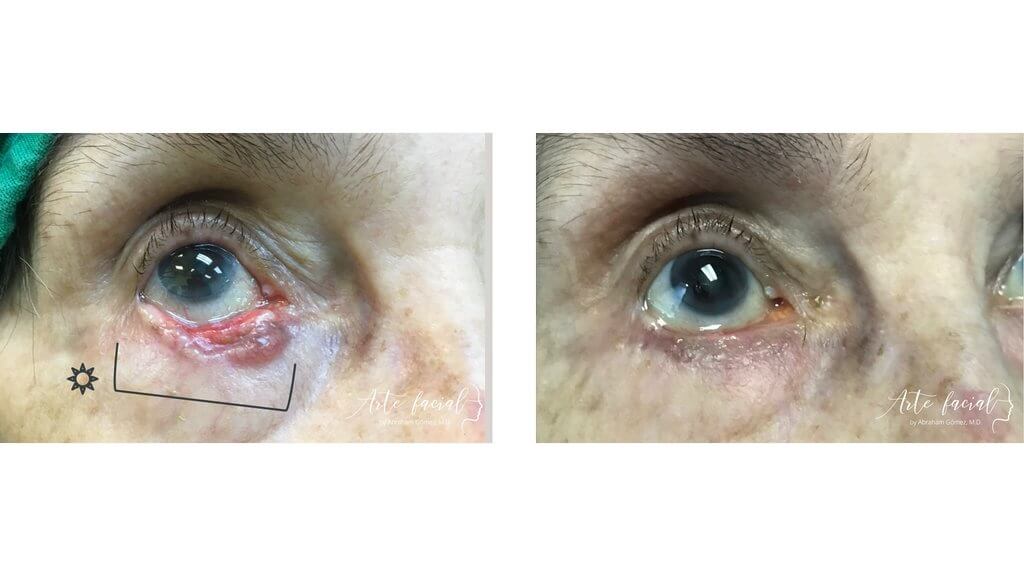
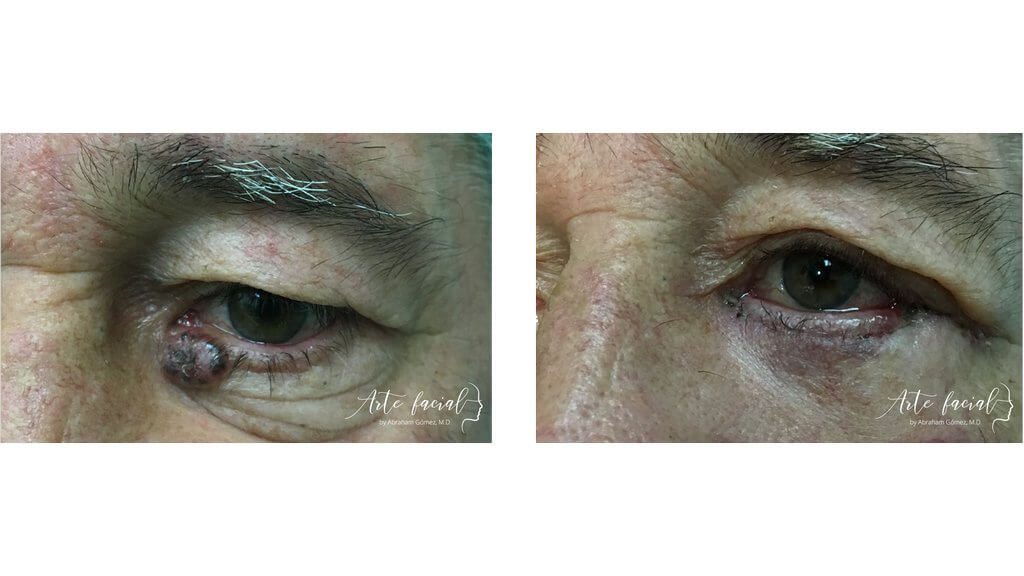
Functional & reconstructive (3)
Functional & reconstructive (4)
Functional & reconstructive (5)
Functional & reconstructive (6)
Functional & reconstructive (7)





An obstructed tear duct is a relatively common condition caused by multiple factors, such as hormonal changes, trauma, chronic inflammation of nasal mucosa, and medications. The obstruction may be partial or complete, and it may affect one or both eyes, depending on the cause. The most common symptom of a blocked tear duct is a teary eye. Often, accompanying symptoms include mucus secretion, blurry vision and in severe cases, an extremely painful abscess in the inner corner of the eye.
Tear duct obstruction is diagnosed in the office with a test that detects the severity and anatomical location of the block. If we are dealing with a complete obstruction, you will need an operation to open the tear sac and reestablish the normal drainage of tears. This procedure may be performed through a skin incision, but this can leave an unsightly scar after the surgery. The best alternative is to operate using the latest endoscopic technology with which we can eliminate the probability of a scar.
An endoscopic DCR consists of opening a “window” that connects the lacrimal sac to the nose. It is an outpatient procedure performed under general anesthesia.
Before
After










+506 7032-5570
Abraham Gómez, MD
Hospital Clínica Bíblica, Omega Building, 2nd floor
Loras Medical, Torre Las Loras, main floor
ARTE FACIAL
ARTE FACIAL
Visit us at our new office! 25% off on your consultation at Loras Medical. Book here (Valid Until December 15, 2023.)
Please fill out the form below to schedule a virtual consultation with Dr. Gomez.